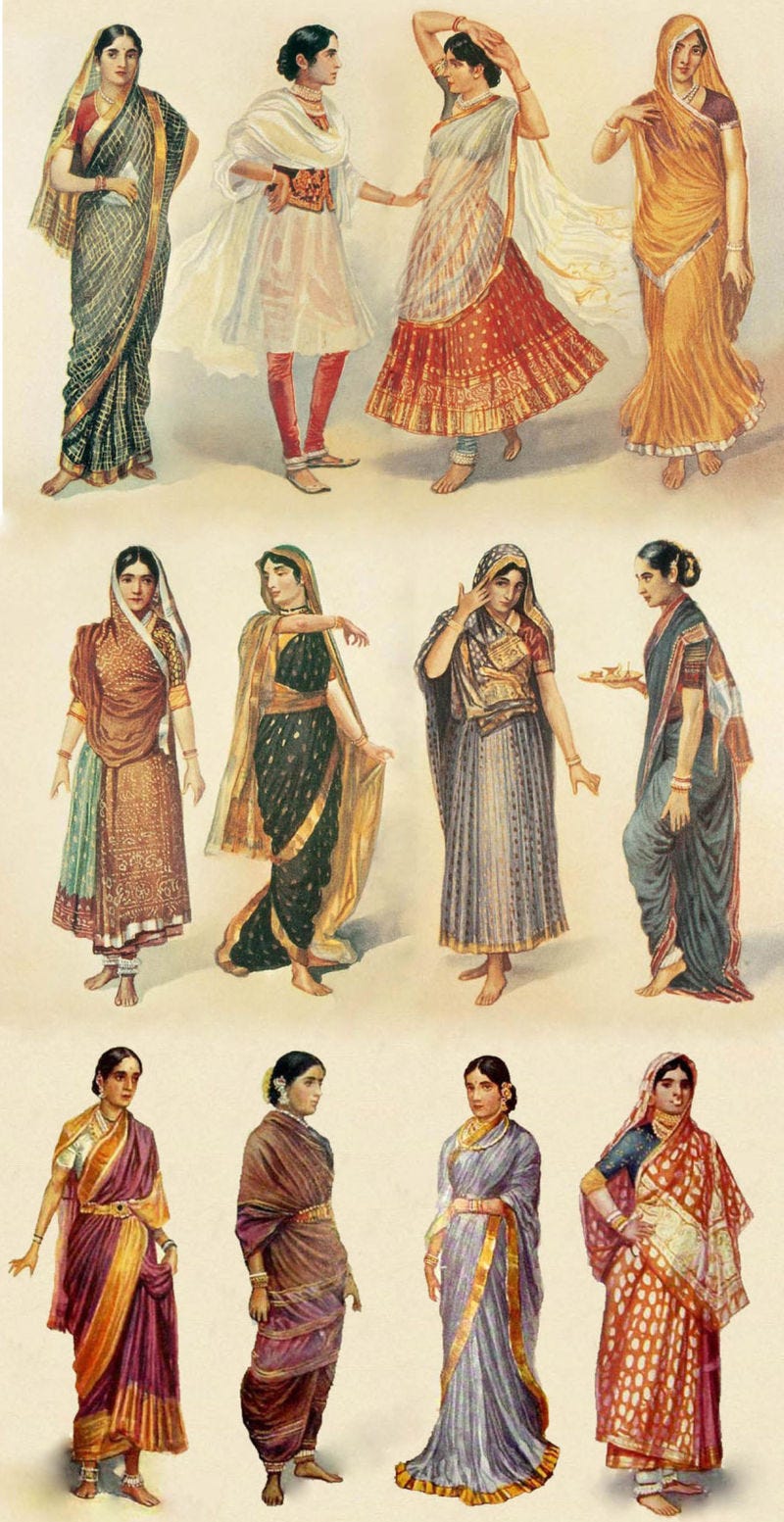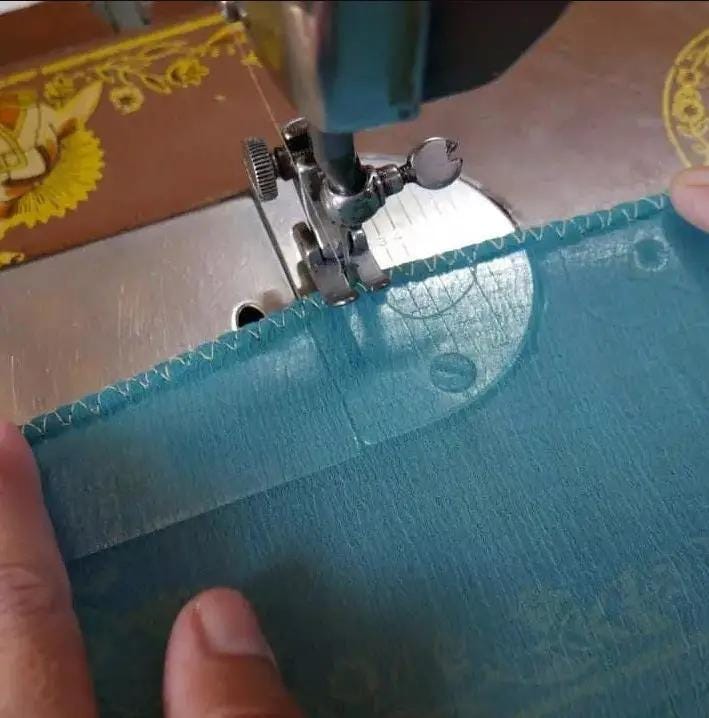Sari: Pico questions that pique interest
Asking questions inspired by The Undercover Economist
When someone asks me for a book to get a sense of what economists do, I point them towards Tim Harford’s The Undercover Economist. It’s a brilliant introduction the lens through which economists see the world, the kind of questions they ask, how they seek to answer them, and how they apply price theory in doing so.
I was troubled by a question for last 4 days, and my mother, my paternal and maternal grandmothers, and my cousin had to bear with me — for they thought it was a rather trivial question.
If every sari needs pico stitching, and it is a non-specialized service, why don’t all the saris sold in the market come with pico done?
The Sari is the most popular women’s attire in the Indian subcontinent. A sari is a traditional women’s attire of unstitched woven fabric, rectangular in shape and about 4 to 8 metres in length, that is elegantly draped around the body and over the shoulder.

Usually, before wearing them, a fall needs to be attached to the sari, and a pico stitch needs to be done. A fall is a long rectangular cloth stitched along one length of the sari to add stiffness, and a pico stitch is a narrow hemstitch used to finish the edges of a saree, to prevent fraying and enhances the durability of the sari.

While falls for different sarees need to be selected carefully to match the colour of the saree, a pico stitch is usually not specialized. But, I have always noticed that when my mother buys a saree, she needs to go to a tailor to get a pico stitch done. Doing this may be as absurd as having to get buttons attached to every time you buy a shirt. But until I posed this question to the women in my family, the absurdity never occurred to them. It seemed to them like the most obvious thing to do — you buy a saree, and then go to a tailor to attach a fall and get pico stitch done.
But I probed them to think about it harder and here are the different responses they gave me. Their reasonings are in block quotes, I am in italics.
Reason 1: The factories (mills) would have to attach new specialized machines for pico
But every other stage of production is also done using specialized machines, no reason why they can’t add another machine (assuming that the economies of scale apply, but this is a reasonable assumption.)
Reason 2: Oh but if the factories (mills) did it, what about the livelihoods of the tailors?
That’s like shirts shouldn’t come with buttons, so that tailors can be given livelihoods to attach buttons.
Reason 3: Not every sari needs a pico stitch. Cotton saris do not generally fray and are stiff enough.
Okay, then I am talking about the saris that do need a pico stitch.
Reason 4: Some saris come with blouse pieces attached along the breadth, and a pico stitch cannot be done.
Okay, then what about the saris that come without the blouse piece attached. Also, why don’t they consider doing a pico stitch, and having a blouse bundled separately?
At this point, my mother, my grandmothers, and my cousin gave up—dismissing my questions as those of a mad economist dealing with unnecessary questions.
Our house help was around and her interest was piqued by my questions. I repeated it to her. And she gave me a response I was finally satisfied with.
Response 5: A sari with a fall is considered a sari that has been worn before. It is not considered acceptable as either a gift or a proper attire to a temple. And today, saris that come with designer borders for occasions like weddings come with the pico done.
This response also gave incredible insight into the role of culture and social institutions in shaping economic activity, and why an economist who does only economics would be a bad economist.





I didn't know about pico borders before, but this is a very cool insight! I also think that The Undercover Economist is great. I really lucked out with that book being my intro to microeconomics, and, to a lesser extent, The Selfish Gene being my intro to biology.